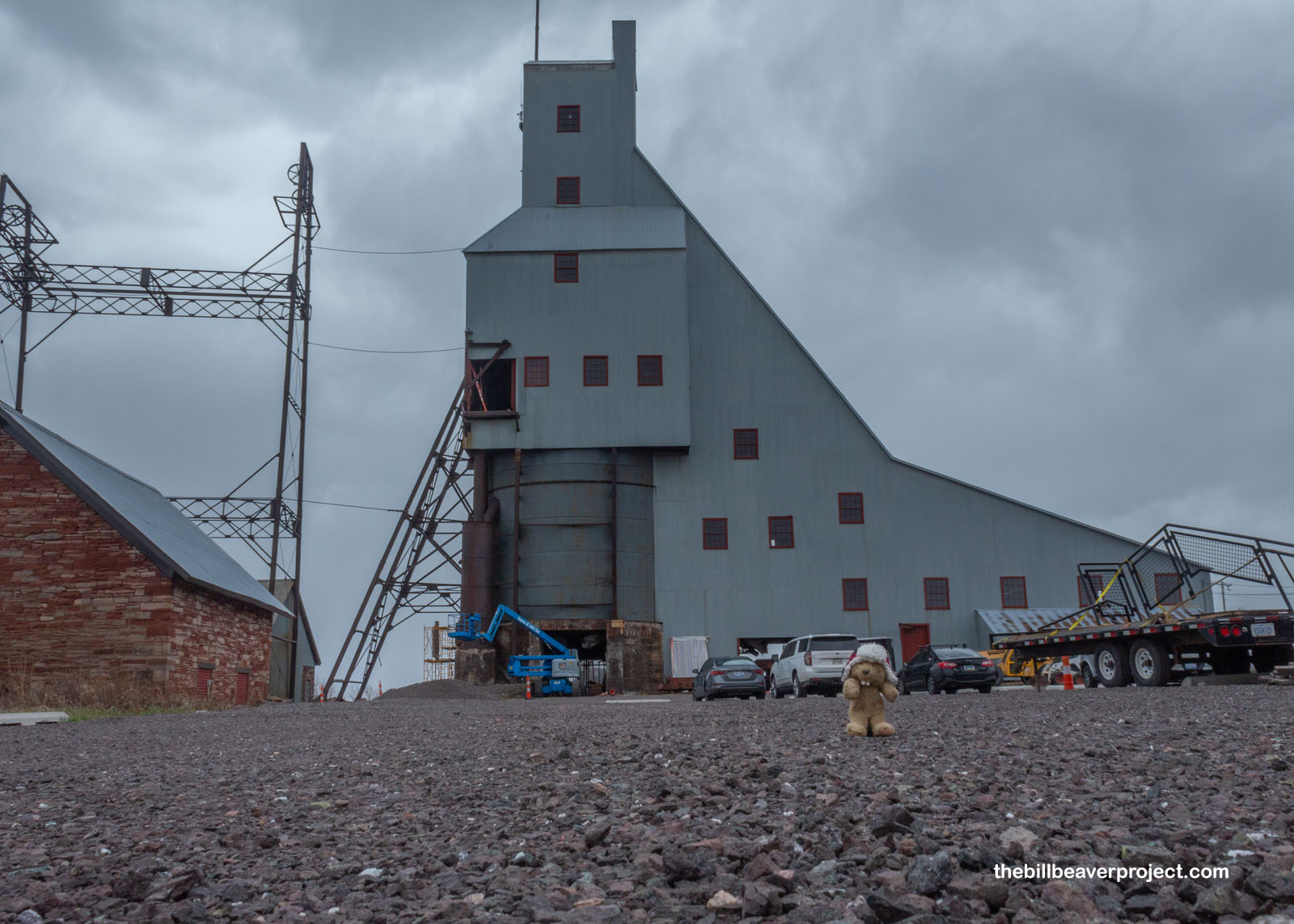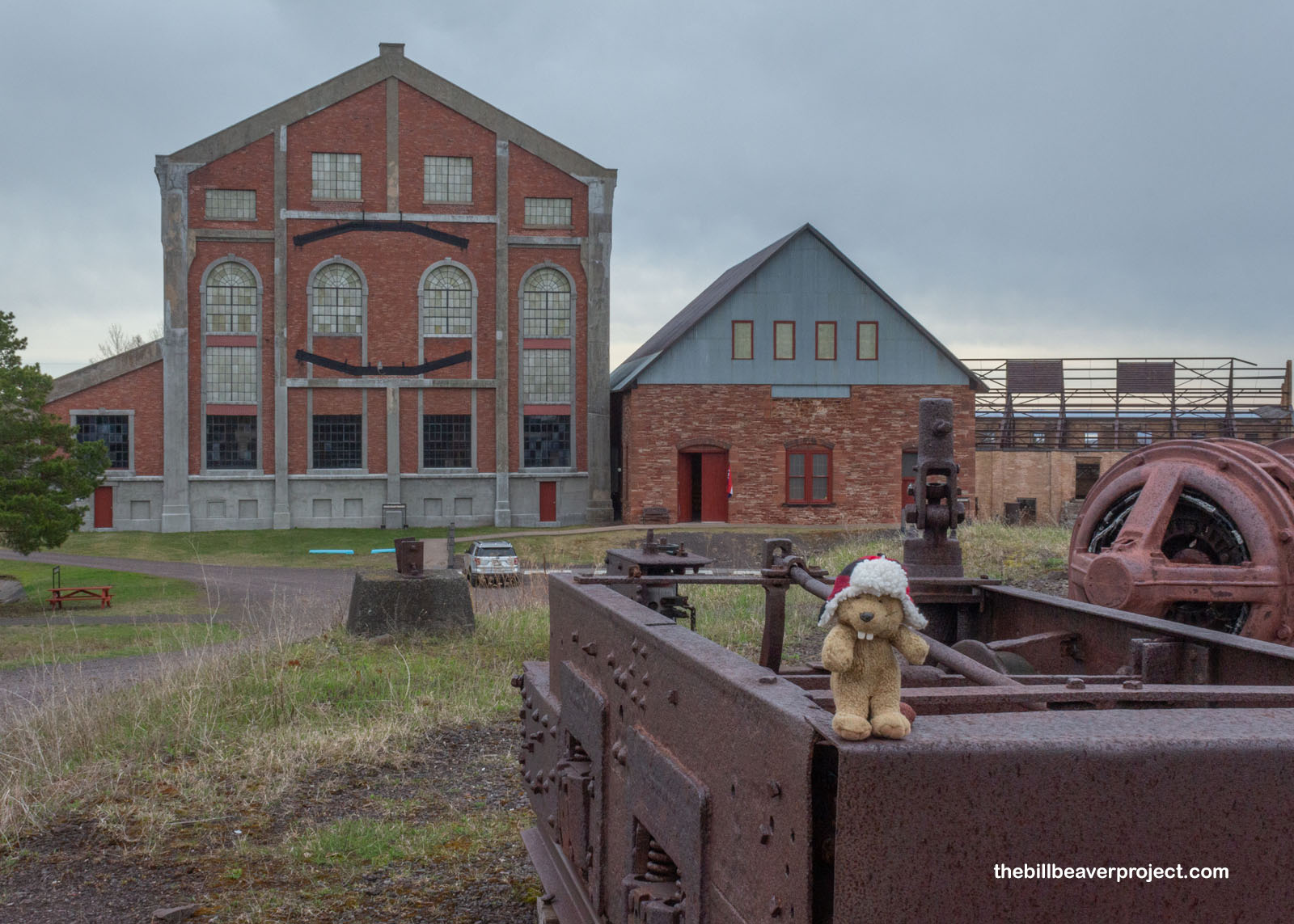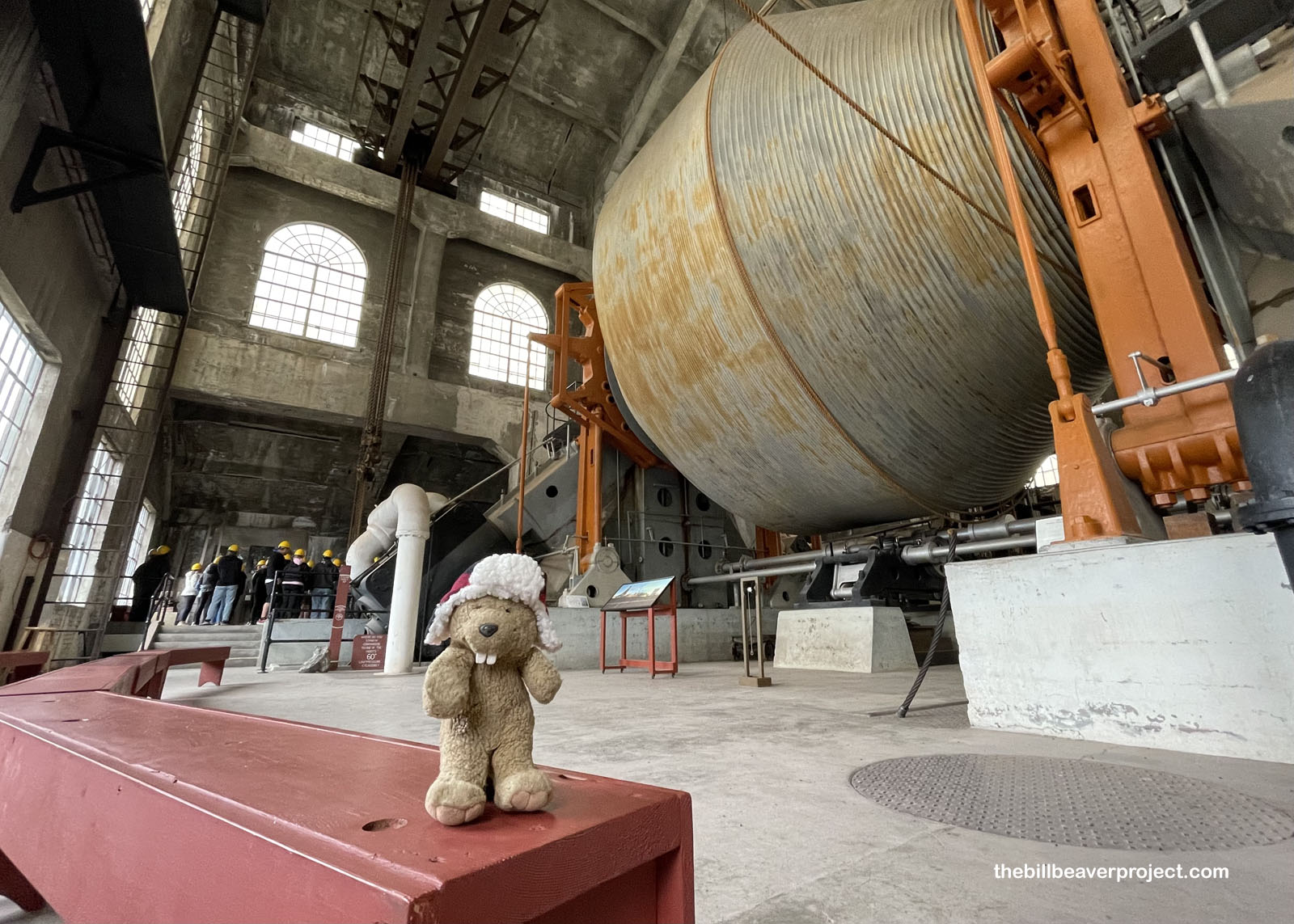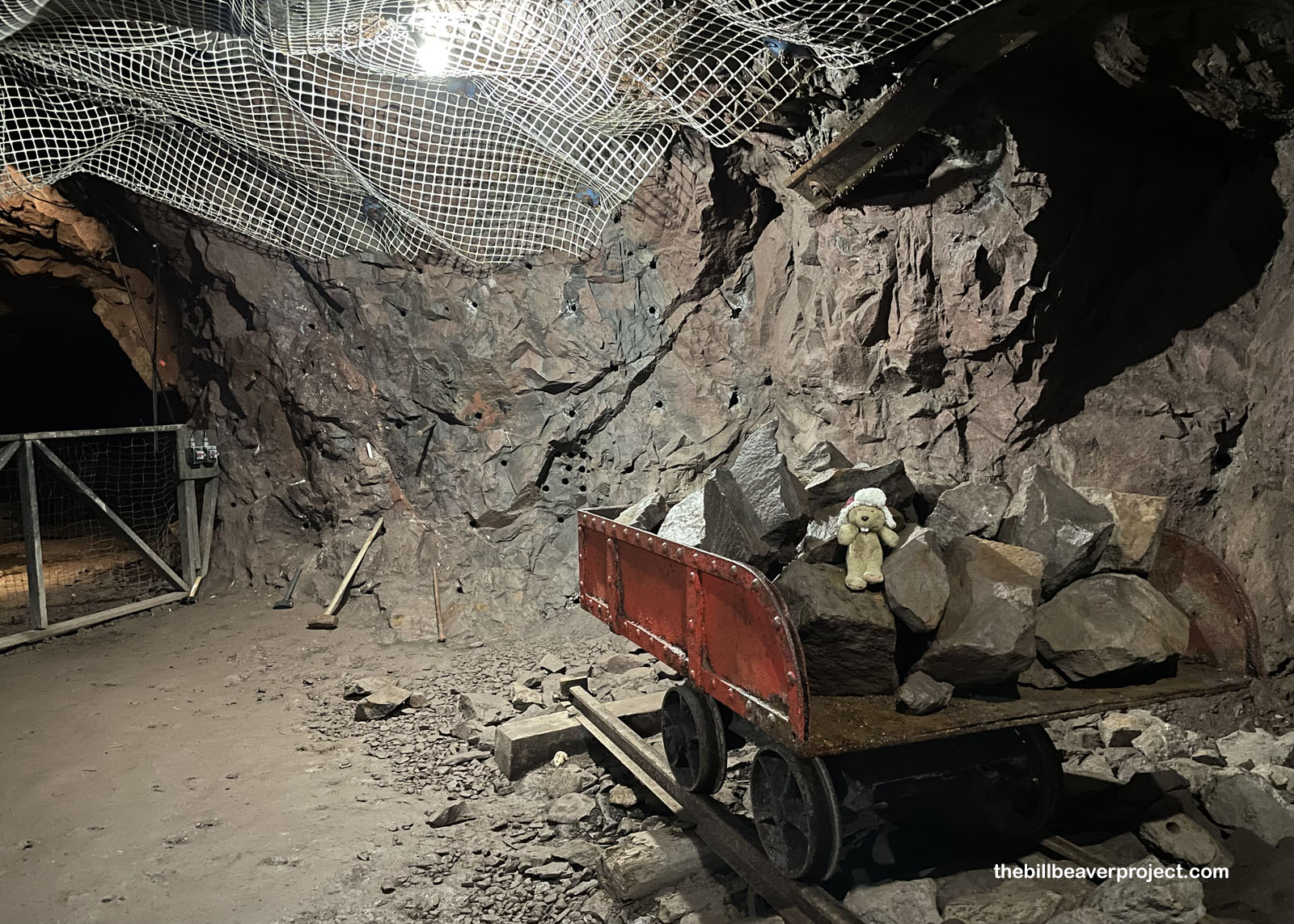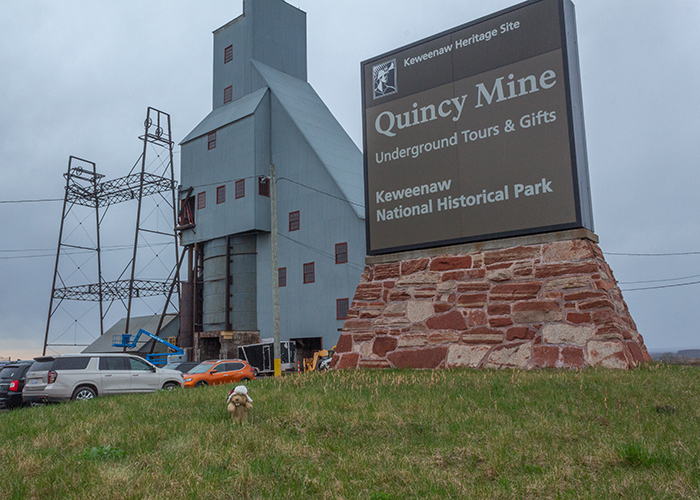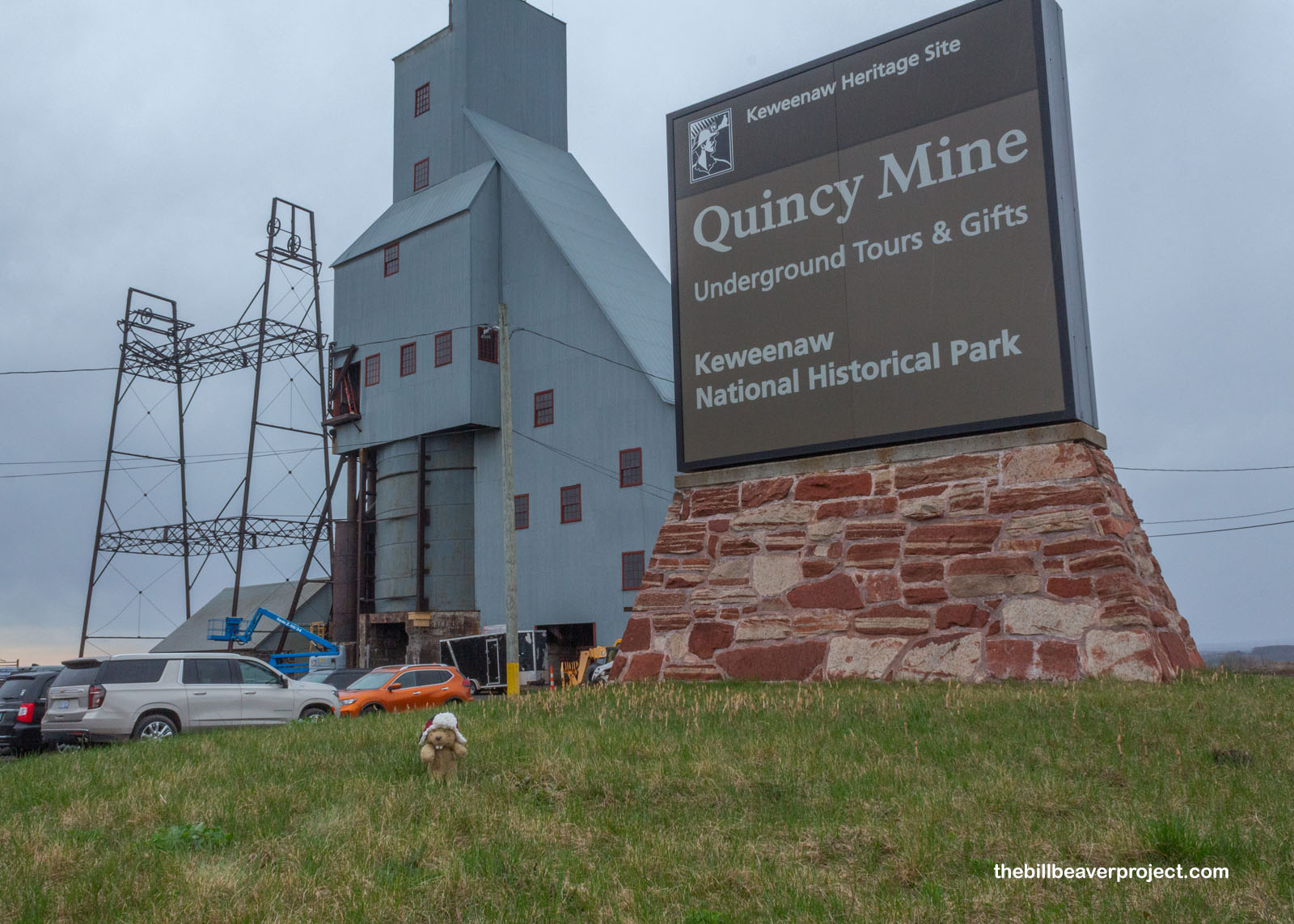
What Is the Quincy Mine?
This was one of the most productive mines in Michigan’s history, now open for historic tours!
What Makes It Historical?
By the mid 19th Century, around 400 copper mining companies were hacking out their share of the copper fissures spanning the Keweenaw Peninsula! In 1846, two of those (Northwest Mining Company and the Portage Mining Company) merged to form the Quincy Mining Company. Unlike its neighbors, which focused on the pure copper of the narrow fissures, the Quincy started breaking up and extracting amygdaloid copper, which was less pure, conglomerate ore with copper inside that could be mined cheaply and processed elsewhere! This strategy enabled the Quincy to outlast most of its competitors and earned it the nickname “Old Reliable!”
To get to the amygdaloid copper of the Pewabic Lode, the company broke all kinds of mining records. At 9,260 feet, its Number 2 shaft was the longest in the world, and its Nordberg Steam Hoist, built in 1918, was also the world’s largest, capable of hauling ten tons of ore up to the surface at a time! During the Civil War, this mine alone supplied 48% of the entire US supply, providing the Union Army with brass for buttons, bronze for cannons, and copper for canteens and ship lining! After the war, it fell to second place but kept innovating, pioneering power drills, mechanical tramming, and electric locomotives that could haul and dump ore faster than any human workers!
Speaking of human workers, the Quincy Mine employed folks from across Canada and Europe, the first being miners from Cornwall, which is why the Upper Peninsula is known for its Cornish pasties today! These folks were housed in better-than-average buildings with the goal of keeping them rooted and less vulnerable to poaching by their competition, but housing alone wasn’t enough! Long hours and low pay led to unionizing as the Western Federation of Miners, who went on strike in 1913! Though the strike ended poorly for the union, it also hit the Quincy Mine as workers departed and copper prices turned volatile between World Wars and the Great Depression. At last, with global copper prices down and mines in Arizona and Montana outpacing all of Michigan, this literally groundbreaking mine ceased operations in 1957!
How Can I #HelpTheHelpers?
- Pay the entrance fee to help maintain trails, signs, structures, and other visitor services!
- Volunteer at Keweenaw National Historical Park!
- Buy something from the Online Gift Shop!
- Be a responsible visitor! Please respect the signs and pathways, and treat all structures and artifacts with respect. They’ve endured a lot to survive into the present. They’ll need our help to make it into the future!
How Do I Get There?
49750 US Hwy 41
Hancock, MI 49930
(Take Me There!)
When Should I Visit?
The park is open daily from 8:30 AM until 6:00 PM, but double-check their tours page during winter just to be sure!
More Photos
